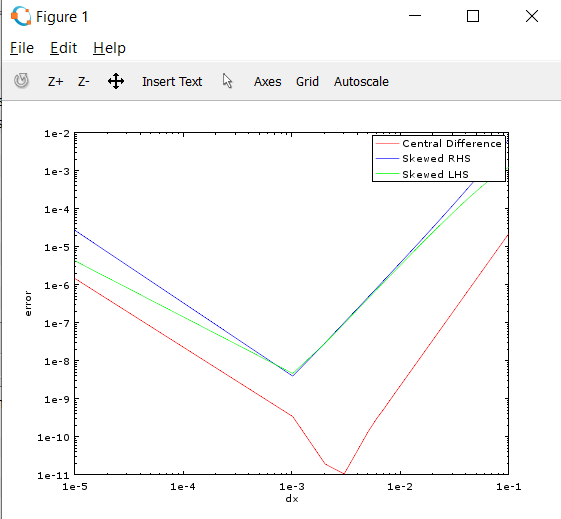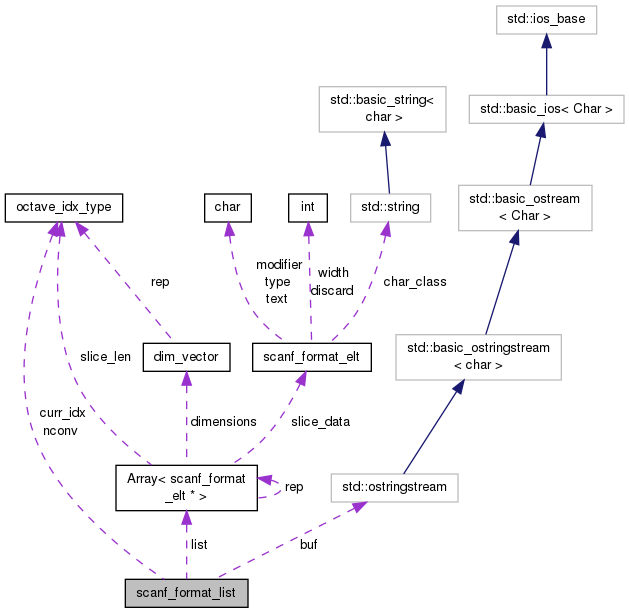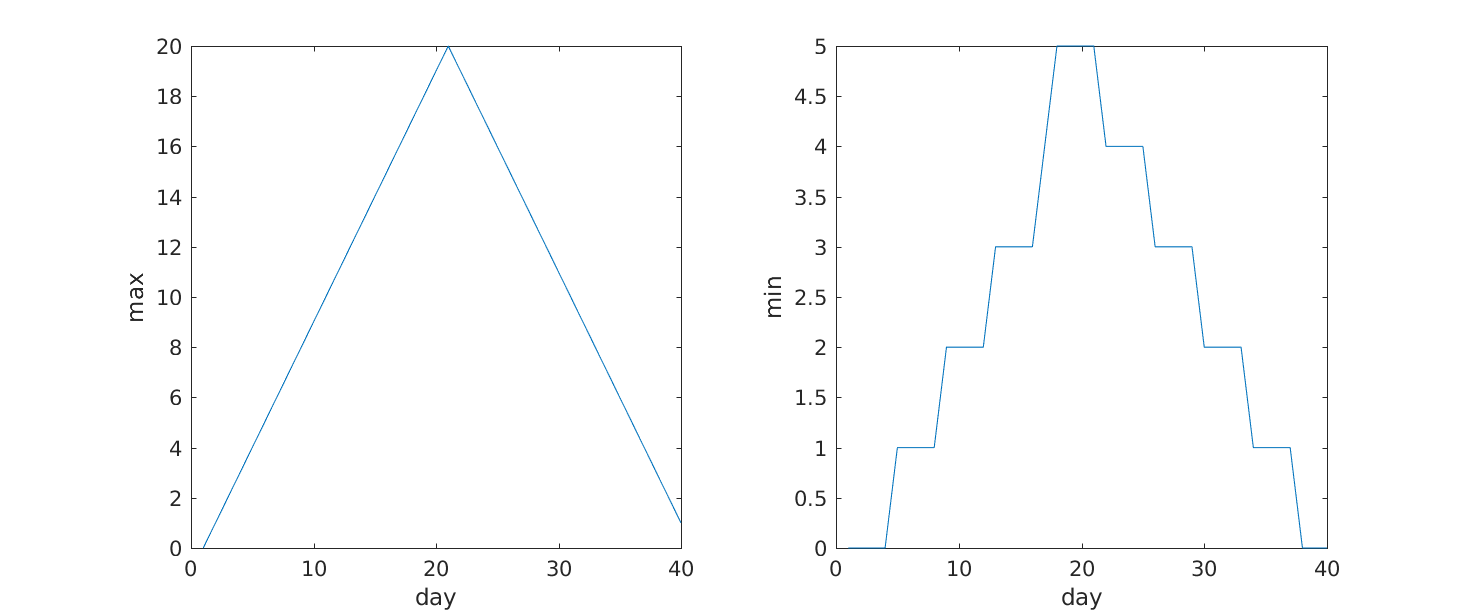

- #GNU OCTAVE PCE FUNCTION HOW TO#
- #GNU OCTAVE PCE FUNCTION INSTALL#
- #GNU OCTAVE PCE FUNCTION ARCHIVE#
- #GNU OCTAVE PCE FUNCTION CODE#
- #GNU OCTAVE PCE FUNCTION DOWNLOAD#
For example, to display the digit at row 5 of the training examples stored in the matrix trainX simply do the following: octave:1> imagesc(reshape(trainX(4, :), 28, 28)') Īll sources and the MNIST database for Octave is available on GitHub. octave:1> load("") Įach digit can be visualized in Octave very easily. The result is a file with a size of roughly 15MB.įinally, this file can be loaded via the load function in Octave. Because the size of the file is roughly 120MB and Octave can also handle gzip compressed files we compress the text file with the command gzip mnist.txt to reduce its size. The result is written into the file mnist.txt in the current working directory. Now, the program can be build and executed as follows:
#GNU OCTAVE PCE FUNCTION DOWNLOAD#
You can also download the sources directly: git clone blogdata/mnist2octave/ Let s = train_x.to_octave_string("trainX") + Let (test_x, test_y) = MnistDigits::default_test_set().unwrap() Let (train_x, train_y) = MnistDigits::default_training_set().unwrap() Put the following content into the file main.rs which is located in the directory src: extern crate rustml If Rust was installed successfully we create a new project with cargo:Īppend the following two lines (which specify the required dependencies and where to search for them) to Cargo.toml which is located in the directory created by the command above. # add the rust directory to the search path
#GNU OCTAVE PCE FUNCTION INSTALL#
# execute the install script with the destination directory Tar xzf ~/Downloads/rust-VERSION-x86_Ĭd rust-VERSION-x86_64-unknown-linux-gnu/
#GNU OCTAVE PCE FUNCTION ARCHIVE#
# unpack the archive (the name of the archive may depend on your system configuration) Skip the instructions in the box below if Rust is already installed. If not already installed, download the latest version from and execute the following commands on the command line. Converting the datasetīefore you can perform the following steps you have to install the Rust programming language. The installer script will download the datasets into the directory ~/.rustml/. As described here we execute the following commands on the command line: # download the installer script Download the datasetįirst, we need to download the original dataset. īecause the database from the link above is in a format that cannot be directly processed with Octave we will use rustml to convert it into a format that can be read with Octave. Each digit is represented as a grayscale image each with a width and height of 28 pixels. It contains 60,000 labeled training examples of handwritten digits between 0 and 9 (both including) and 10,000 labeled examples for testing. The MNIST database of handwritten digits (see here) is a very popular dataset used by the machine learning research community for testing the performance of classification algorithms.
#GNU OCTAVE PCE FUNCTION HOW TO#
It would be better to remove the elseif condition entirely and only have else instead.By this post you will see how to convert the MNIST database of handwritten digits via rustml into a format that can be read with Octave.

While(r != 0) on line 16 - this won't run, not even once, since you define r as 0 in line 3 and don't assign a new value to it later.Įlseif(x Now, I noticed a couple of issues in your code: The program gives this message: error: 'ynew' undefined near line 5. I have to press 'Ctrl + C' in order to break execution. I tried implementing this code in GNU Octave, but depending on the input values, I am getting one of two errors: The program doesn't give any output at all. The following are links to the Octave documentation regarding functions and function files (I know you said you read them, but newcomers might not have): Here is the pseucode: Pseucode for implementing Euler's method. You can also simply call gcd(40, 50) from the Octave command line, for testing purposes. If, however, you call the function with the arguments, they will initialize the variables x and y correctly and your code will work. That would be similar to you having only test = gcd() in your test file. That's why you get an "undefined variable" error. gcd.m), when you hit "Save and run", Octave will itself call your function, but it's not clever enough and won't use any parameters in doing so. If all you have is the function definition file (i.e. The numbers I've chosen are only an example. If the output doesn't work as expected, restarting Octave should fix it. In the same directory you have saved gcd.m, create a file (for example: gcdtest.m) and put the following code in it: test = gcd(40, 50) You have to save your code in a file called gcd.m and then create a new file so that you can call that function from it.
#GNU OCTAVE PCE FUNCTION CODE#


 0 kommentar(er)
0 kommentar(er)
